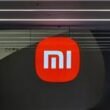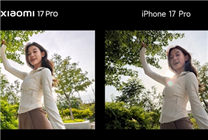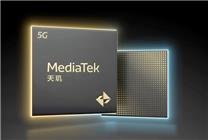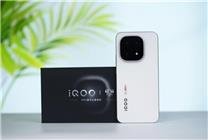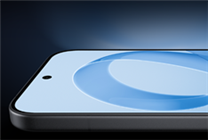Xiaomi 17 Pro vs. iPhone 17 Pro: A Comprehensive Comparison in Imaging Technology
Key Takeaways
- The Xiaomi 17 Pro outperforms the iPhone 17 Pro in dynamic range and low-light performance.
- Xiaomi’s innovative LOFIC technology significantly enhances image clarity across various lighting conditions.
- The ongoing debate about the necessity of backlight films may shift due to advancements in camera sensor technologies.
In a recent comparison that has sparked considerable interest among tech enthusiasts, Lu Weibing, the head of Xiaomi, showcased real-life samples from the Xiaomi 17 Pro and the iPhone 17 Pro on Weibo. This side-by-side analysis scrutinizes not only the aesthetic aspects but aims to go beyond simply competing with Apple’s iPhone series, positioning Xiaomi to potentially "outshine" its rival in photographic capabilities.
Enhanced Imaging Technology
The Xiaomi 17 Pro employs the Leica Light and Shadow Master imaging system, which incorporates the groundbreaking Light and Shadow Hunter 950L image sensor. One of its standout features is the LOFIC (Lateral Overflow Integration Capacitor) high dynamic range technology, boasting an impressive 16.5 EV ultra-high dynamic range. This innovative system addresses common issues such as ghosting and glare, substantially enriching the overall image quality.
What is LOFIC Technology?
LOFIC technology revolutionizes how mobile image sensors function. At its core, it utilizes high-density capacitors placed on each photodiode to capture photoelectrons that might overflow due to saturation. Imagine each pixel in the camera as a small bucket:
- When strong light hits, the main bucket fills quickly, causing overflow and resulting in overexposed photos.
- Conversely, in low-light conditions, the small bucket gathers less charge, often leading to images that are too dark.
LOFIC technology mitigates these issues by introducing larger storage capacities alongside the small buckets. As a result, excess charge flows to the larger bucket during bright conditions, enabling the sensor to gather appropriate information in both high and low lighting scenarios.
A Comparison of Real-Life Samples
The samples released by Lu Weibing indicate that the Xiaomi 17 Pro is brighter overall and effectively manages highlights and shadows. For instance, the images captured in challenging lighting conditions reveal that while the highlights are well-balanced in Xiaomi’s model, the iPhone’s photographs display significant overexposure in similar settings.
As users review the images, it raises questions about the future relevance of backlight films in photography. Traditionally used to combat glare and improve photo quality, the advancements in sensor technology challenge the necessity of such accessories.
Who Takes the Crown?
The fundamental question emerges: which smartphone produces better photographic results? While the iPhone 17 Pro maintains a solid reputation for quality images, evidence from the Xiaomi 17 Pro suggests a notable edge in versatility and dynamic range, potentially making it a superior choice for photography enthusiasts.
Conclusion
As we delve deeper into smartphone technology, the barriers between photo quality continue to diminish. The Xiaomi 17 Pro, equipped with its advanced imaging capabilities and groundbreaking LOFIC technology, sets a formidable benchmark in the world of mobile photography. As the market evolves, so too will the conversation around traditional accessories like backlight films, as users increasingly demand higher-quality outputs straight from their devices.
With the competition heating up, both brands will need to innovate continually to meet the expectations of discerning consumers, all while enhancing the practical usability of their products in varying lighting conditions.
This article aims to provide a thorough understanding of the imaging differences between two leading smartphones and highlight the future trajectory of mobile photography technology.


